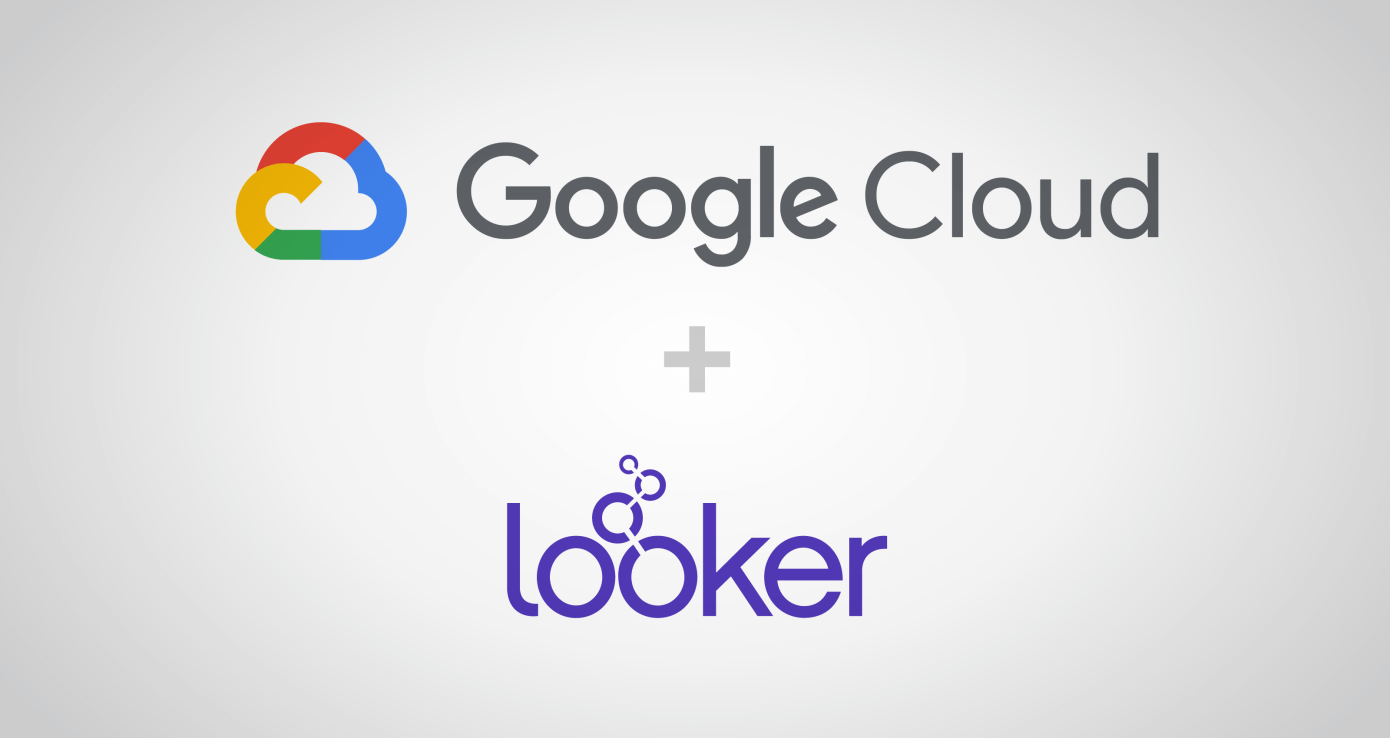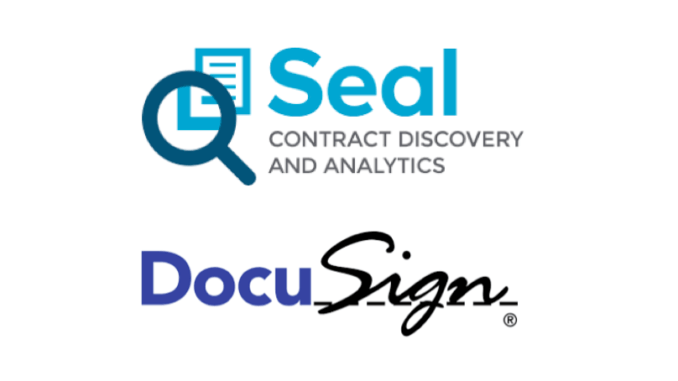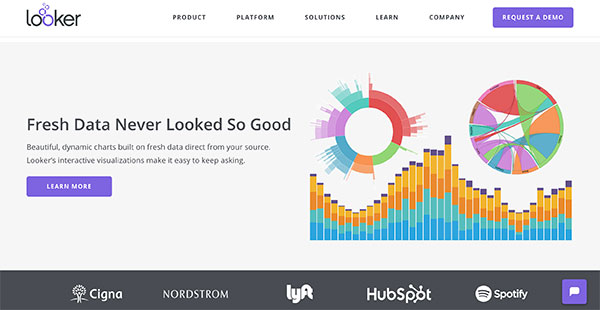Business intelligence tools help to make businesses more data-driven. All the marketing that BI vendors put out explain how their tool can transform a business into an agile, forward-thinking, data-driven organization.
All these marketing pushes and white papers use this same term - 'data-driven'. BI experts use this term to describe businesses that use data at every level of their operations, that analyze and re-analyze their data in different ways to find new implications, and, most importantly, use data to make important decisions.
It's fairly easy to say that a business is data-driven, but harder to explain what exactly makes a business data-driven, and even more difficult to find clear actions and strategies that any business can implement to become more data-driven.
Still, the advantages of using data to drive business decisions are pretty clear. Data-driven organizations make more effective decisions, can make decisions quicker with less back-and-forth between decision makers, and can find novel solutions to problems that less data-focused organizations would miss.
Businesses that don't use data in their decision-making process and in their day-to-day operations should start working on a data strategy that can help them to become more data-driven. Businesses that already use data to help with decision-making can always improve and imbue more of their operations with data.
Becoming data-driven isn't an instant thing. There isn't just one thing that a business can do to become data-driven, and businesses don't become data-driven overnight. It's a process, and some businesses are fairly early on in the process, while others don't need to do much more work.
It's also not a clear description of a business. There's no line that, once a business has crossed it, it means they're now data-driven and don't have to do any more work to implement data strategies.
That being said, becoming more data-driven is still a goal that every business should have. Data-driven businesses are more agile, valuable, and successful. There are some approaches towards data that any business can implement, that can help them to become more data-driven.
To make their businesses more data-driven, business leaders need to answer three key questions - first, what does a data-driven organization actually look like? Next, what sort of things can a business do to become more data-driven? Lastly, how can businesses maintain a data-driven culture moving forward?
This article will help to answer the first question. By recognizing data-driven businesses, and learning what the term 'data-driven' even means, business leaders and decision makers can learn to make their own businesses more data-driven.
What does a data-driven business look like?
Data-driven businesses can look wildly different from industry to industry. There isn't really one way that a data-driven business 'looks' - different businesses have different data strategies, and their operations can look very different and still be data-driven.
The best indicators of whether or not a business is data-driven is to look at what it does with its data. This might be hard to see from the outside, but internal teams and employees can easily look at the operations that they're connected with to tell whether their business is data-driven.
There are three main questions that businesses can ask to know whether they're effectively data-driven or not. If the answer to all of these questions are 'yes', then the business is effectively data-driven. If the answers are 'no' or are qualified in some way, then the business's data strategy needs some work.
Is everyone using data?
First, look to see if data touches every level of an organization. Often, there isn't too much of a push to use business intelligence tools business-wide, so only the teams that are the most enthusiastic about business intelligence end up using them.
In other cases, a business might only introduce their BI tool to managers and executives, and leave average employees out of the rollout. This can help businesses to boost data-driven decision making while managing their costs, but hurts adoption overall and prevents day-to-day operations from really being data-driven.
At other businesses, only the teams that are perceived as getting the most advantage out of a BI tool get access to the tool, while less obviously data-crucial teams get left out. This serves to silo the tool, and the implementation ends up less effective overall.
One last way that businesses fail to spread their BI tool to every level of their organization is by using the tool just for monitoring operations, and preventing employees from using it for more advanced data analytics. This is especially common in manufacturing businesses, or businesses without much technical expertise.
To really be data-driven, businesses need to use data at every level of their operations, not just in a few places. This means using data for day-to-day operations, allowing employees at every level to use it to make decisions, bringing it to every department and team, and not limiting it to just decision makers and executives.
Are employees actually using data in their day-to-day work?
Next, look to see if employees are actually incorporating data analytics into their workflows and decision-making. All too often, businesses spend thousands of dollars on implementing a cutting-edge data analytics program, just for their employees to not use it.
This is especially common in less tech-focused businesses, where employees might already be skeptical about the merits of increased data analytics. The perception in many of these businesses is that they've been getting along perfectly fine without data for years, and that there's no need to disrupt workflow to incorporate a useless data strategy.
This attitude is harmful, and is one of the key reasons that implementing a BI tool doesn't automatically make a business data-driven. To really be data driven, there needs to be support for implementing data strategies, and employees have to be willing to actually use the data analytics that they get.
Sometimes, this mindset is a consequence of lack of training. If users don't understand what their BI tool is doing, how it's getting its data, and what sort of questions they should be trying to answer with it, then they'll be less willing to actually use the tool.
Is data experimentation encouraged?
Lastly, data-driven businesses continue to innovate with new data strategies and analytical approaches. It's very easy for a business that looks data-driven to become less and less data-driven over time, if they don't keep up with new advances and trends in data science.
Businesses often implement a BI tool, come up with a useful and effective data strategy, implement that strategy at all levels of their business, get valuable buy-in from their employees, executives, and decision-makers, start using data to drive their decisions, and then start to stagnate over the next few years after using the same old strategies over and over again.
Many businesses think of their BI investment in 'set it and forget it' terms. Once they implement a data strategy, they'll keep using that exact data strategy. Over time, this strategy will become less and less useful, though.
One of the biggest reasons that data analysis is so valuable is that it helps to generate novel solutions to business problems. To generate these novel solutions, though, businesses need to use novel analytical techniques. If they use the same kinds of strategies over and over again, they'll get the same sorts of answers.
An important element of data experimentation is the ability to perform ad-hoc analytics. Ad-hoc analytics are reports and visualizations that aren't baked into a dashboard, module, or template, that users can create at any time and with any data source. They allow users to combine their data in novel ways easily.
Often, businesses use the same strategies over and over again because they don't understand their BI tool well enough to change things up. To combat this, it's a good strategy to give employees adequate training in their BI tool, so that they can experiment with new analytical approaches.
Businesses don't have to constantly throw out their current data strategies in favor of new ones, but they do need to be willing to look at their data from new angles periodically. Data-driven businesses experiment with their data, to find new answers and spot unseen trends.
Letting data drive
Again, these aren't the only indicators that a business is data-driven. Every data-driven business looks different, and data strategies are going to look very different from industry to industry, and even among businesses in the same industry.
Also, just because a business needs work in one of these areas doesn't mean they aren't data-driven. It's a spectrum, and while businesses with flawed data strategies won't be as effective as truly data-driven businesses, they'll still be more successful than businesses that don't use data at all.
There's one common thread among all these different areas. To be highly data-driven, the best strategy is proper, effective BI training across the entire organization. It's not completely magic, but with an effective BI rollout, businesses will find that they've become data-driven without much work at all.
The choice of a BI tool also matters. In the past few years, there's been a push in the BI industry to develop tools and features that are 'self-service' - meaning that businesses don't need specialized technical support or data analysts to use them.
Self-service BI tools are designed to be used by average employees - the people who will get the most benefit out of the tool. Tools like these can massively help overall adoption and comfort with a BI tool across an organization.
Employees that are comfortable using their BI tool are more likely to use it for their day-to-day work, and will also experiment with their data to find novel insight. In this way, self-service BI tools are essential to data-driven businesses.
For more information about how self-service BI tools can make your business more data-driven, contact us today. Our team of experts can advise you on finding the best tool for your business, and help you implement that tool in the most effective way.





































